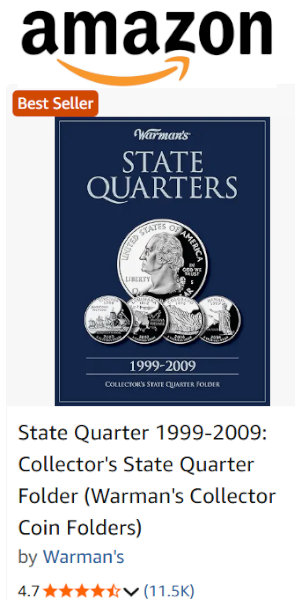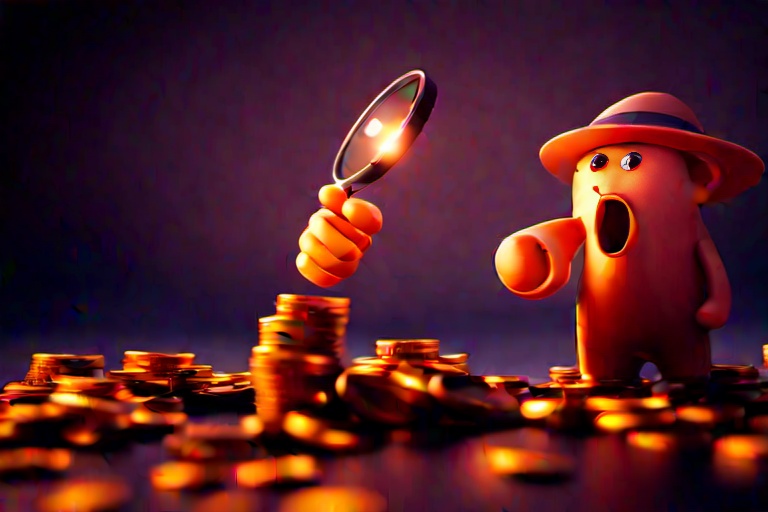Coin collecting, a hobby known as numismatics, has intrigued and captivated countless enthusiasts over the centuries. It involves the acquisition and appreciation of coins for their historic relevance, aesthetic beauty, and potential as a financial asset.
Coin collecting, a hobby known as numismatics, has intrigued and captivated countless enthusiasts over the centuries. It involves the acquisition and appreciation of coins for their historic relevance, aesthetic beauty, and potential as a financial asset.
The Historical Evolution of Coin Collecting
The allure of coins traces back to ancient civilizations such as Rome and Mesopotamia, where coins were hoarded not just for their monetary value but for their artistic merit. These early collectors valued exotic, old, or commemoratively struck coins as affordable artworks. The hobby surged in popularity during the Renaissance, with scholars like Petrarch spearheading the trend and European royalty eagerly joining in. Considered the "Hobby of Kings" because of its noble following, it remained a pastime for the affluent until the 17th and 18th centuries, when a growing middle class began to collect coins systematically.
Since then, coin collecting has blossomed into a widespread activity, transcending social status and known globally as the "King of Hobbies." Interests vary among collectors; some collect purely for enjoyment and historical fascination, while others view their collections as savvy investments.
Specialized Coin Collecting
Collectors commonly hone their attention to specific types or themes of coins, such as those from certain eras, countries, or events. This focused approach enables collectors to acquire expertise and a deeper insight into their collection.
Among various types of collectors are patriots, who seek coins with national importance. These collectors gravitate towards pieces that celebrate pivotal moments or national symbols. For instance, the United Provinces of Rio de Plata minted coins post-revolution as a declaration of independence. The United States has also produced patriotic coins, like the 2022 Purple Heart Commemorative Coins.
Importance of Coin Grading
A coin's value hinges on factors like rarity, condition, and historical relevance. To validate their coins, enthusiasts might use grading services from professional agencies, which can confirm a coin's authenticity and quality. Next, we'll explore coin grading and valuation, and the services supporting collectors in these pursuits.
Coin collecting is not only a captivating activity; it's a gateway to encountering history through tangible artifacts. As we delve deeper into the nuances of coin collecting, such as grading and valuation, we'll develop an even deeper respect for this timeless pursuit.
Grasping the Basics of Coin Collecting
Among enthusiasts, collecting can take various forms. Some might concentrate on coins from specific countries, time periods, or featuring particular mint marks. Others might aim to compile comprehensive sets, such as the complete U.S. coin compilation amassed by Louis E. Eliasberg.
Foreign coin collecting is another facet of this hobby, allowing collectors to explore diverse cultures and histories through international currency. On the other end of the spectrum are hoarders, who prioritize the bullion value over the numismatic one, focusing on coins whose metal content is more valuable than their face value.
Modern coins also hold significance in the collecting world. Speculators might invest in newly issued collectibles or older circulation coins for their intrinsic value, many times made from rare or precious metals.
Inheritors, another group, may come into coin collecting unintentionally through acquired heirlooms, growing into seasoned collectors themselves.
Coin condition, or grade, is integral to its value. The American Numismatic Association's grading scale ranges from 1 (poor) to 70 (mint state), while European experts might use adjectival grades. The advent of third-party grading services in the 1980s helped standardize this process by certifying coins to assure collectors of their investment.
Building a Network Through Coin Clubs
Coin collector clubs are invaluable for numismatists, offering knowledge-sharing forums and uniting individuals with shared interests. These clubs provide various benefits and can be found both in physical locations and online.
Coin collecting is a diverse and engaging hobby, offering everyone—from amateur enthusiasts to seasoned numismatists—a chance to delve into rich histories and cultures through the medium of coins. By assembling carefully curated collections, enthusiasts can forge personal connections to days past and make valuable investments for the future.
In closing, coin collecting stands as a versatile and enduring avocation, attracting a broad spectrum of individuals across historical epochs. Each collector's motive is unique, ranging from historical passion to investment strategy. Specializing in certain coin types allows enthusiasts to become connoisseurs in their chosen niche. The coin's worth may be shaped by distinct elements, but its authenticity and condition are key. Grading services play a crucial role in legitimizing a coin's quality, thereby enhancing collector confidence and ensuring the integrity of numismatic pursuits.
As coin collectors, we savor the richness these metallic pieces bring, binding us to the narratives of yesteryears. Whether for personal satisfaction, academic interest, or financial gain, the world of coin collecting unfurls a panorama of exquisite detail, historical depth, and investment potential—truly a "King of Hobbies."
Information for this article was gathered from the following source.


